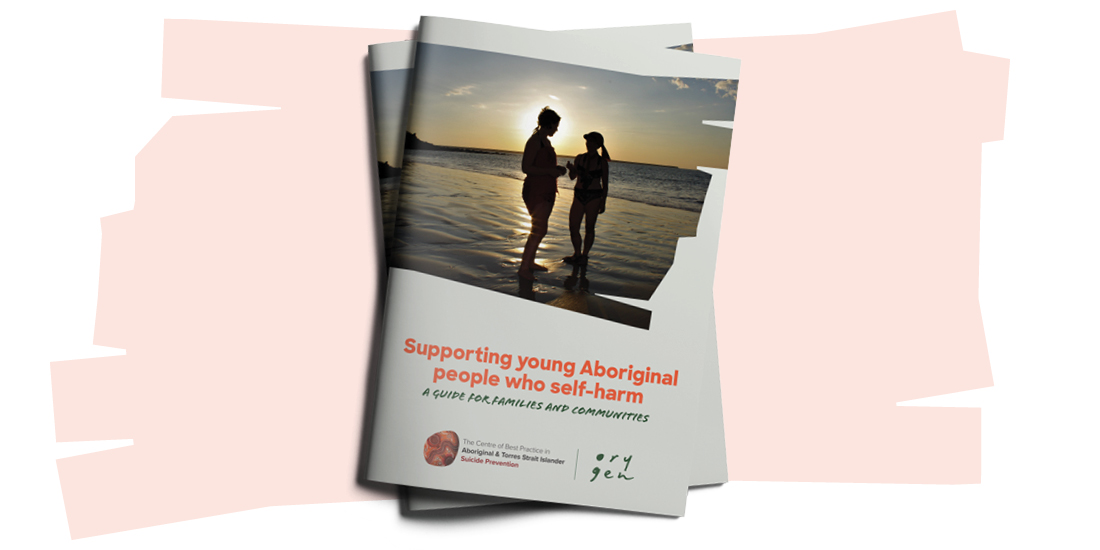
A new guide to supporting young First Nations people who self-harm is now available for families and communities.
The guide outlines early warning signs of self-harm, factors that may influence First Nations young people to self-harm, and how families and communities can get help, including managing a crisis and injuries.
Orygen’s Suicide Prevention Program Manager and guide co-author, Michelle Lamblin, said it was a much-needed resource.
“We have heard from families and communities that there is a lack of culturally-appropriate information on how to support First Nations young people who engage in self-harm,” Lamblin said.
“Unfortunately, we know that the rate of self-harm among young First Nations people is at least three times higher than it is for other young Australians,(1) and the actual rate of self-harm may be even higher, because some young people don’t seek – or may not have access to – appropriate medical or mental health support after self-harming.”
Young Aboriginal people in Western Australia co-developed the guide with an Aboriginal expert advisory group, Aboriginal and non-Aboriginal health workers, local Elders, and Aboriginal families and communities from across the state. Orygen partnered with The Centre of Best Practice in Aboriginal and Torres Strait Islander Suicide Prevention (CBPATSISP), which led the co-design process with community using a participatory action research approach.
While the guide was co-developed by, and for, Aboriginal families and communities in Western Australia, it may be broadly applicable to First Nations young people and families across Australia.
Guide co-author for CBPATSISP, Associate Professor Roz Walker, said it was a practical resource that highlighted the cultural strengths that First Nations families and communities bring to mental health and wellbeing.
“The guide stresses that fostering connections with family and kinship, community culture, Country and identity can all really strengthen a young person’s mental health and wellbeing,” Associate Professor Walker said.
“It suggests things like going on Country, going fishing, collecting bush tucker, sharing good stories, spending time with family and yarning with Elders.”
Importantly, the guide moves beyond acute self-harm to supporting recovery and building resilience in First Nations young people. It also encourages families and communities to get help for themselves, if needed.
Director of CBPATSISP and project lead, Professor Pat Dudgeon, said she was very pleased with the outcomes of the co-design process used, which ensured that the voices of Aboriginal families and communities were privileged throughout the guide.
“Sadly, self-harm and suicide are serious concerns for Aboriginal families and communities. It’s incredibly distressing for them to see a young person who they care for in so much pain,” guide co-author Professor Dudgeon said.
“This guide is about giving Aboriginal people the tools to support a young person’s social and emotional wellbeing.”
Orygen worked in partnership with the Centre of Best Practice in Aboriginal and Torres Strait Islander Suicide Prevention to adapt the guide. It builds extensively on Coping with self-harm – a guide for parents and carers, from a resource initially developed by researchers at the University of Oxford.
The project was funded by the WA Primary Health Alliance.
The guide is available at orygen.org.au/SelfHarm/FN
1. Australian Institute of Health and Welfare. [Internet]. Australia. Intentional self-harm hospitalisations and Indigenous Australians; [updated 2021 Nov 2] Available from: https://www.aihw.gov.au/suicide-self-harm-monitoring/data/populations-age-groups/intentional-self-harm-hospitalisations-indigenous